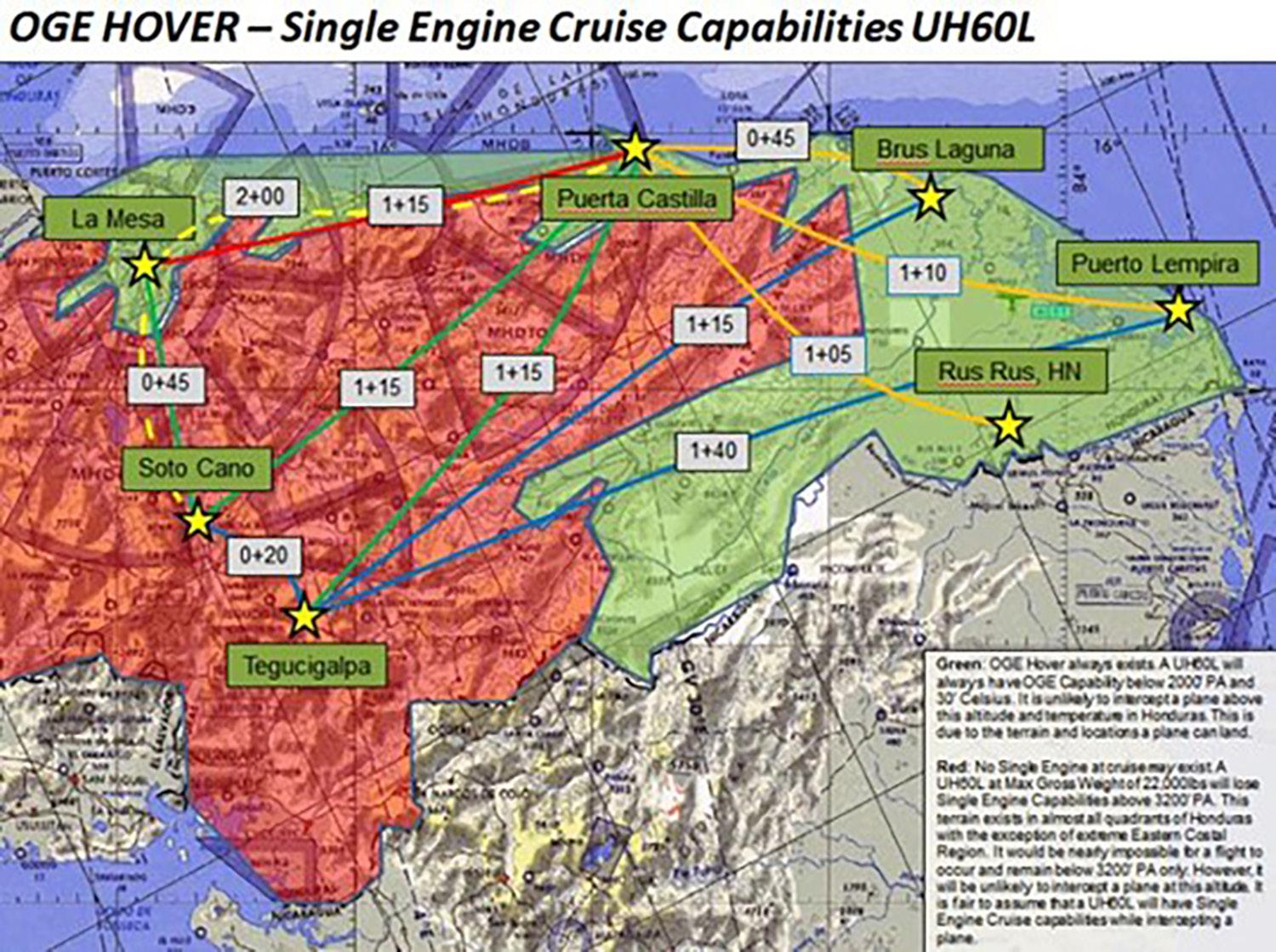View from the Cabin “Survivor Is Out of the Water - You Have Control" By AWS1(NAC/AW) Patrick M. Miller, USN
I
nnovation in the Aircrew Community is growing in many directions, and it’s now on us to ensure we have the best tools for the job. The multitude of mission sets - all with their respective instructions and programs - continues to grow. We operate in a “jack of all trades” world with skills that cross multiple missions – ASUW, VERTREP, SAR, and the recent additions of MQ-8 and AMCM to the HSC mix. Not to mention our continued responsibilities to our everyday programs: crew resource management, hearing, aircraft fire fighting, annual flight physicals, and quarterly gunner currencies, just to name a few of the everyday programs. These core programs are predicated on the foundational learning which we establish through the training pipelines of Naval Aircrew Candidate School, Rescue Swimmer School, AWS/AWR “A” Schools, and our respective Fleet Replacement Squadrons. However, as time goes, more often than not students hear the old adages uttered by their instructors, such as “this is outdated” or “it’s not done like that in the Fleet anymore." Instructors have the thankless job of taking Fleet experience and reviewing the training material provided to ensure it is properly communicated in a logical and concise manner to the next generation of Aircrewmen. The outdated material - if refreshed frequently - can easily be overcome, but this takes the involvement of the instructors, along with Fleet feedback, to ensure that the most up-to-date changes are being pushed. Curriculum Reviews, changes to Computer Aided Instruction materials or Interactive Courseware in learning modules, and even conferences such as the Training Readiness Review are all tools that the hardworking team of instructors at HSC-2 has been employing. The purpose of this is to ensure that our foundations are updated with the the most accurate information for our new Aircrew in the pipelines. The Navy is addressing the need for modernized training through the Ready Relevant Learning program. The mission is to modernize the institutional training system. This three-pronged approach brings modernization to when, how, and where we perform training. Recognizing that training isn’t just held at school pipelines, the program aims to provide formalized training efforts at relevant times in the Sailor’s career. This training aims to take into account the modern media and relevant connection to today’s Sailors being recruited. YouTube-style videos, augmented reality, virtual reality, and online and tablet-based Learning Management Systems (LMS) are all working to come online. This enables the objectives of the program’s “where” effort – delivering training directly to the Sailor at the point of need, whether on the seawall, flight line, or afloat. The traction we have been gaining through programs such as new gunner seat implementation in the MH-60S, updated SAR swimmer procedures for escapes and releases, F-35 disentanglement procedures, tablets for tactical airspace awareness integration, and the addition of the MQ-8 and AMCM systems expanding HSC’s capabilities means that we have an uphill challenge ahead of us. We all have this challenge, and I implore you – the Fleet Crewman – to ensure that you provide constant feedback, communication, and updates from “lessons learned” to the FRS instructors, program officers, and pipeline schoolhouses. The tools we have are as simple as a text message to a friend and can be collected officially as feedback through systems like Aviation Safety Awareness Program (ASAP). This year has seen more than its fair share of challenges. However, the world’s finest aircrewmen have resoundingly risen to the occasion to overcome these obstacles. Development of communications processes, websites, Zoom meetings, group chats, and more have been the flex by which we’ve processed this information exchange. Our younger generation of Aircrew now hitting the Fleet have the natural social media exchange already in their psyche, and our adaptation has helped bridge this gap. We get to look ahead to ensure that we’re working to maintain a position ahead of the curve. Keep yourselves attentive to the mission at hand, and keep your eyes forward to the future. Constantly evaluate ways how we can be best prepared in our ever-changing mission! Rotor Review #151 Winter '21
12















